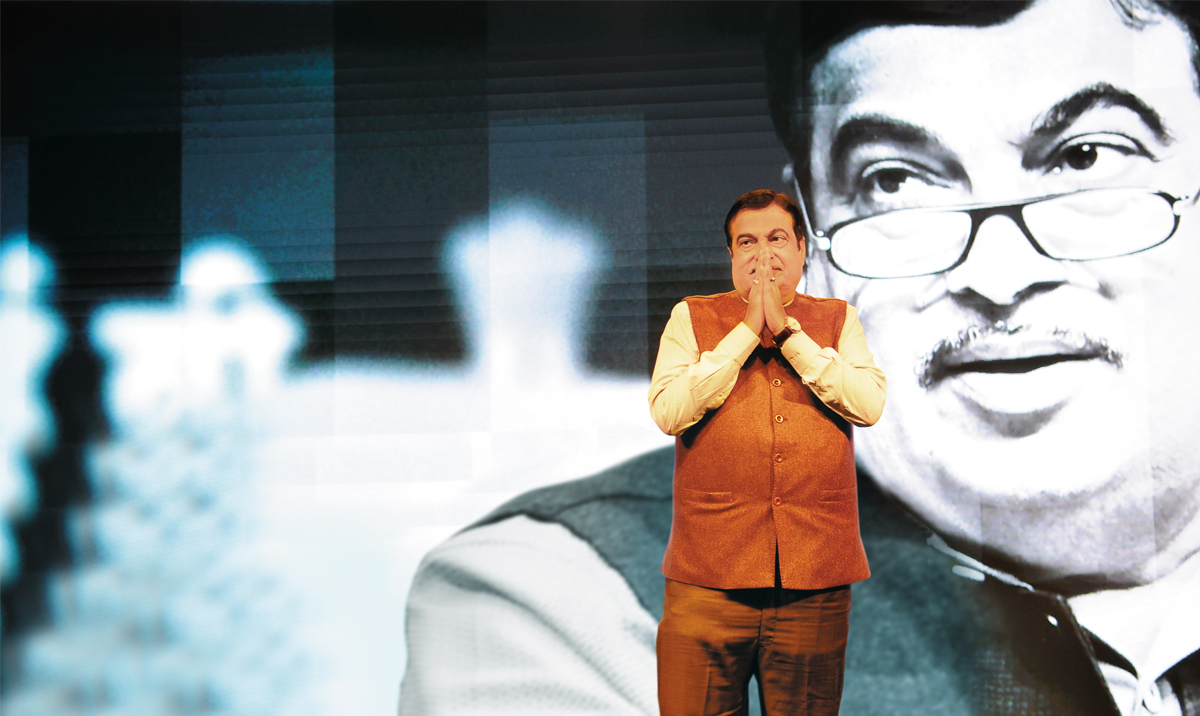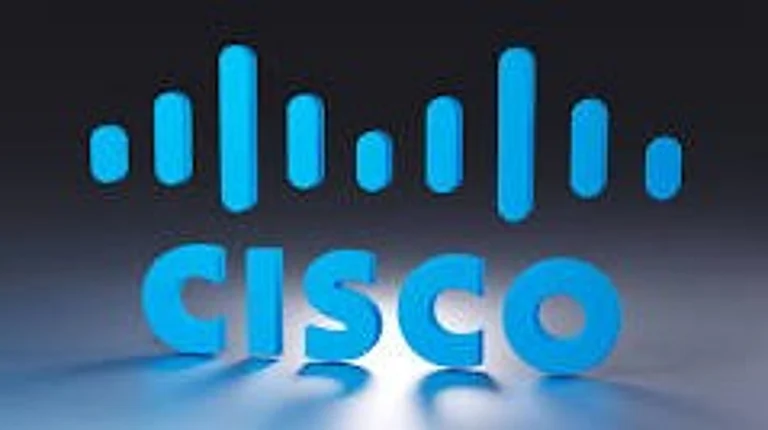Experts had quibbled over it for months but now most agree that FY21 was recessionary. The RBI had called it a year of ‘technical recession’, with GDP contracting in the first two quarters. Then, the economy began making a slow, limping recovery with GDP growing at 0.4% from the third quarter. Against this backdrop, the FY22 Budget made infrastructure spending the cornerstone of the government’s capital expenditure programme. As Minister for Road Transport and Highways, and MSME, Nitin Gadkari has a pivotal role in the turnaround plan. At Outlook Business Leading Edge 2021, presented by IDFC First Bank, we ask him how India can regain its growth momentum.
Is the record infrastructure outlay good enough to put the economy back on the growth trajectory?
Higher spending on infrastructure will improve employment potential. For example, the automobile industry’s size is Rs.4.5 trillion, of which exports constitute Rs.1.35 trillion. Now, by using ethanol, methanol, biodiesel, bio-CNG, and electric and hydrogen-fuel cells, and with the new scrappage policy, I am confident that the industry will reach Rs.10 trillion within five years. That will generate more employment.
Is there a policy framework, especially for the automobile industry, for transitioning from BSVI to EV?
To compete in a global economy, every industry has to adopt good technology. Without that, you cannot make it. The German government is making it mandatory for every petrol pump to have an electric charging station. So, you need to understand what technology the world is moving towards. That helps you carve out a bigger market and increase turnover and profit. By accepting the BSVI norms, we are creating a larger market for our vehicles in the world. It is a win-win situation.
Given that private sector investment in infrastructure is at decadal low, how do you plan to revive it and make it more aggressive?
We are taking Rs.5 trillion from the market and investing in infrastructure. So, the proportion of private investment to government investment is 1:5. We are monetising projects through toll-operate-transfer (TOT), build-operate-transfer (BOTs) and hybrid annuity. Now, we are thinking of using government funds, particularly of our labour ministry, which has the provident fund. So I just discussed that with the minister, and they are investing the funds at 7% interest. They are even investing Rs.700 billion in National Highways Authority of India, and we are trying to see if we can have an agreement where we can give them return of 10%-12%.
Within a year, we are going to start the GPS system and there will be no toll nakas. Frankly, I don’t have any shortage of resources. I can get Rs.2 trillion or Rs.3 trillion at less than 7%, but I am interested in building roads and giving 10% or 12% return to people who are instead keeping money in the bank for 6% return.
But, because of the slowdown, we have seen lower toll collections. So, there seems to be a big gap between the pace of road expansion and toll collection?
There is no gap. We never are short of financing. I will tell the secret behind the first BOT road in the country, the Thane-Bhiwandi bypass. I am spending Rs.10 billion on a road and monetising it over 30 years. After recovering the cost of the construction, the toll collection continues because there is maintenance to be done and that is the policy of the government. So there is no problem monetising the infrastructure. At the end of this term of five years, my toll income will be Rs.1.34 trillion per year. We will not only be AAA rating, but our rating will be more than that. I promise that, when we complete our five years, our road infrastructure will be equal to European and American standards.
Coming to MSME, will we continue to see a prolonged period of pain?
One thing is clear that, because of COVID-19, the MSME sector is under stress. The bigger challenge facing MSMEs is the increase in prices of steel and cement without any reason. Currently, iron ore price is at Rs.4,000/tonne and steel is at Rs.46,000-48,000/tonne. Even cement prices have gone up similarly, even though there is no increase in labour rates or in power charges. So, this environment is not good and does not support growth. That is also the reason why MSMEs are finding it hard in the export market. Therefore, we need to resolve problems of not just MSMEs, but even of the village, and the handloom and handicraft industries on a priority basis. We are trying for that and I am confident that we will be able to find solutions.
What are your plans to revitalise the MSME sector?
This is an area where we need to do more work. Take the example of Alibaba portal, which has a turnover that is 6x that of India’s Budget. Amazon, too, has good turnover and it has exported Rs.700-billion worth of MSME goods from India. Keeping these in mind, we are planning to make our portal for Khadi and Village Industries, and MSMEs for the world. Our plan is to hire a private company that will manage it entirely and generate profit for us. I am confident that our portal will resolve the marketing problem and all our products will be made available globally. The World Bank is also supporting us, and it has already come up with a scheme of Rs.40 billion through which MSMEs can reduce the power cost. So, there are a lot of innovative new schemes that will increase production, reduce cost of logistics, create an international opportunity and enable value addition.
“When we complete our five years, our road infrastructure will be equal to European and American standards”
Union Minister Nitin Gadkari fields questions on funding road projects and the hard job of reviving the MSME sector

Nitin Gadkari
Nitin Gadkari








